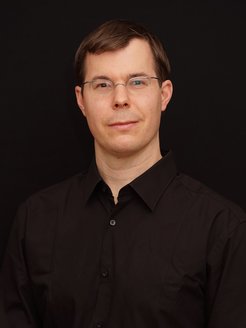Dr. Christopher Synatschke

Christopher Synatschke studied chemistry at the University of Bayreuth, Germany, and pursued his PhD under the supervision of Prof. Axel H.E. Müller, with research stays at The University of New South Wales in Sydney and at The University of Tokyo. After completing his PhD with distinction (summa cum laude) in 2013, he then joined the group of Prof. Samuel Stupp at Northwestern University in Chicago as a Feodor-Lynen Postdoctoral Fellow (Humboldt Foundation). Upon returning to Germany in 2017, Christopher joined the group of Prof. Tanja Weil at MPI-P first as a postdoctoral fellow and was promoted to group leader in 2018. He served as an Early Career Advisory Board member of ACS Biomaterials Science & Engineering (2018 – 2021) and received the “Nachwuchsstipendium 2022” by the GDCh Division Macromolecular Chemistry.
Research Interests: Hierarchical Biomaterials
Nature assembles small building blocks into hierarchical structures over multiple length scales to obtain functional materials that are necessary for life. Our group takes inspiration from these processes and synthesizes small molecules such as peptides, often in combination with (bio-)polymers, to recreate essential biological functions in engineered materials. A major goal of our research is to understand and control communication between cells and synthetic materials through appropriate cues, such as topological, mechanical, and biochemical signals given in a spatially and temporally controlled fashion. These materials direct cellular behavior, i.e. adhesion, migration, and/or differentiation by facilitating direct and adaptive communication between cells and material. While applications of these systems range from biomedical (e.g. as drug delivery platforms, cell scaffolds (tissue engineering), and sensors) to nanotechnological (e.g. actuators), we gain a fundamental understanding of cell-material communication and bottom-up structure formation.
Key Achievements: Rational design of molecular building blocks (peptides) for hierarchical assembly into macroscopic structures. Understanding cell-material communication through precisely structured biomaterials.
